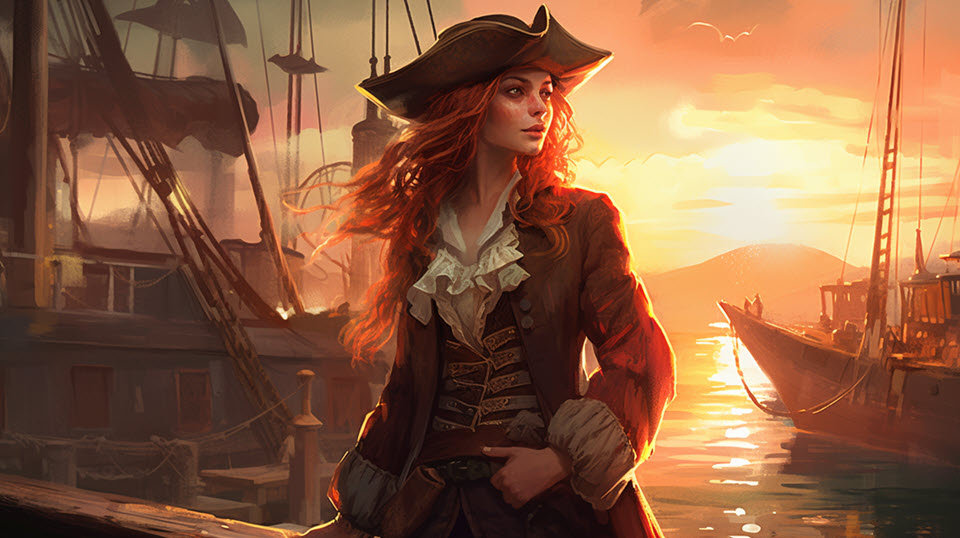
Sailors held the belief that women were a distraction to male sailors on long journeys. Furthermore, women in the maritime industry often kept their involvement hidden or illegal.
Although some pirates may be viewed as heroic swashbucklers, the reality is that most are individuals who have turned to piracy as a means of survival.
Queen Teuta of Illyria
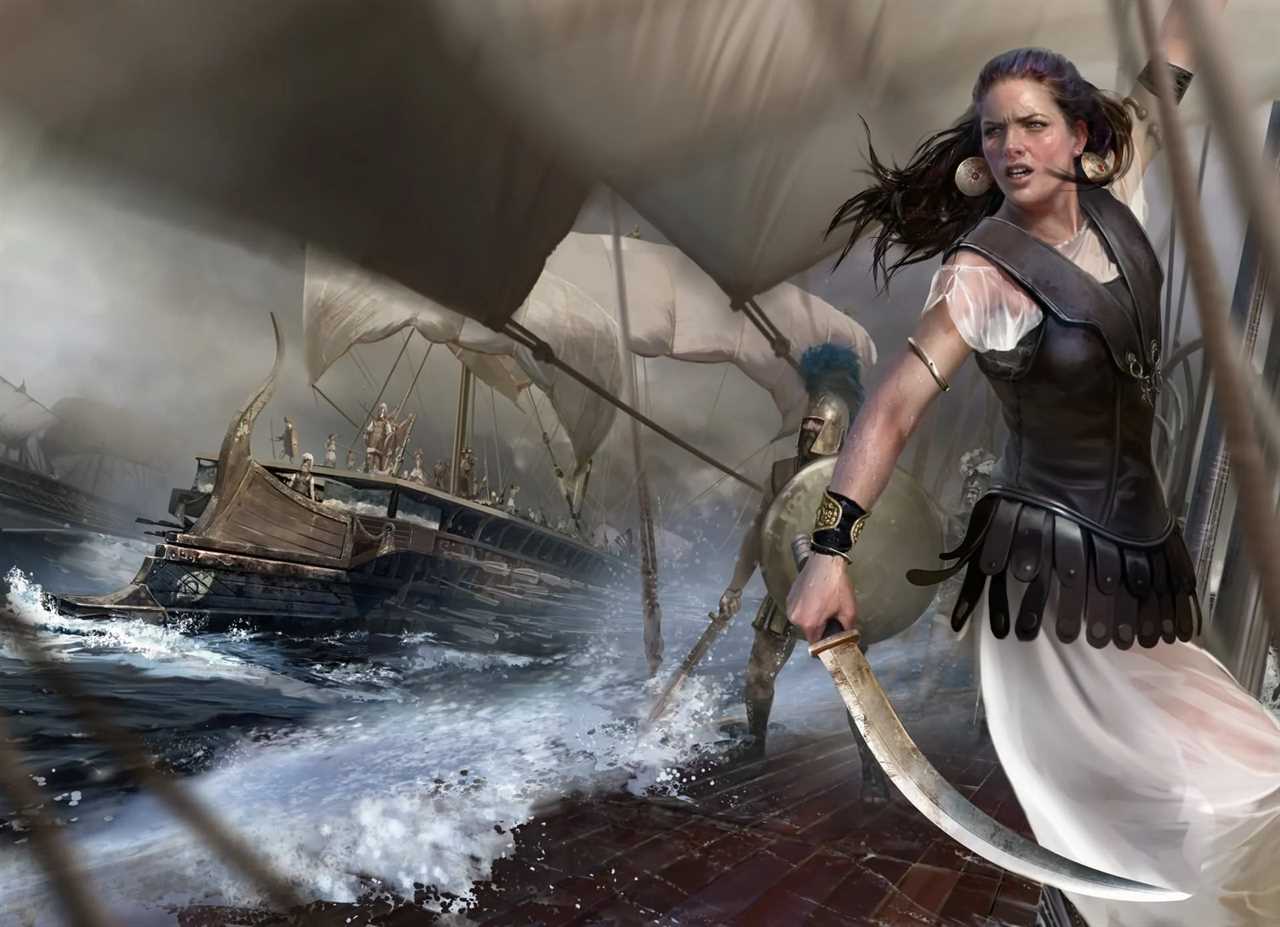
The Teuta ruled in the 3rd century CE as queen of the Ardiaeis. After the death of King Agron of Ardias, Teuta reigned. Her followers favored her During ancient times, Teuta was involved in the theft and attack of Greek and Roman shipbuilding and coastal settlements. She even refused the king's offer of help at sea. As a result, she was later convicted. In 229 BC, Rome engaged in a battle against The Ardiaeis, which lasted for two years until their surrender.
Jeanne de Clisson
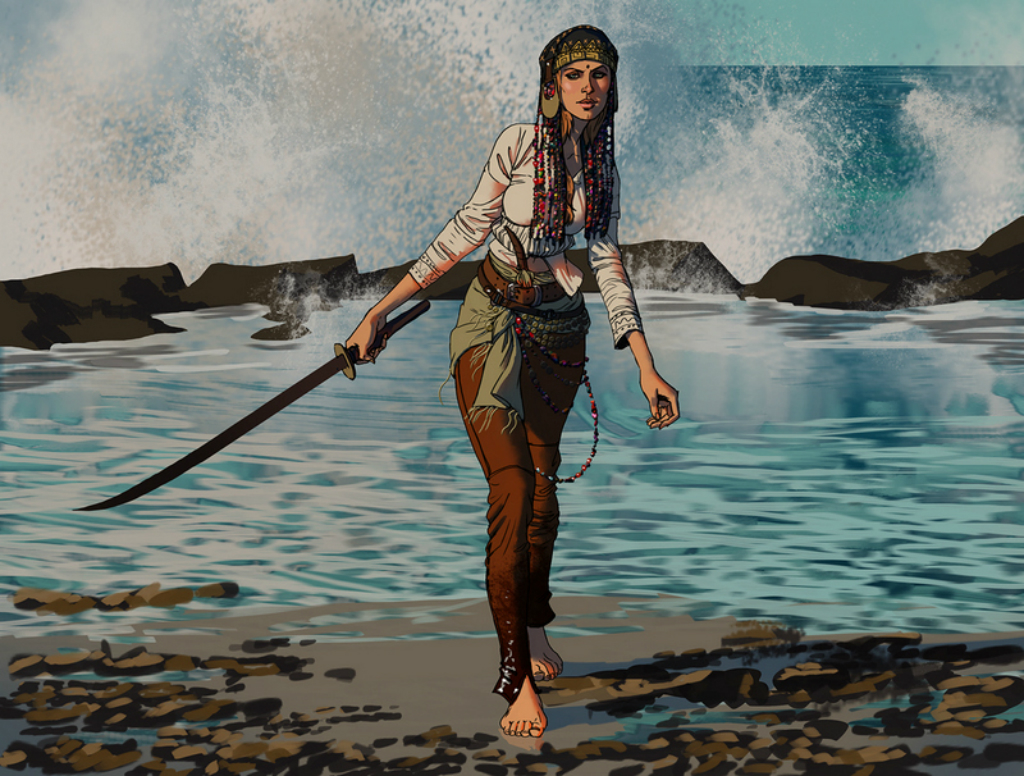
During the first half of the century, there was a noblewoman from Brittany named Jeanne de Clisson who valiantly defended the French navy by raiding ships. Later, she switched sides and protected the English army. When she was tried for treason and executed, she once again switched sides and fought against the English, raiding French castles and stealing goods and military ships. Legend has it that Clisson was given three warships painted in black. For 13 years, she plundered French ships, but her brutal reputation has left few surviving witnesses. She was given the title "Lightsey of Britain."
Mary Read
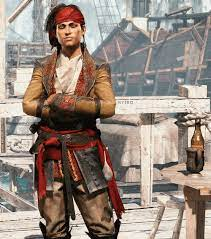
Mary Read, who was born in 1685, is renowned for being one of the most notorious pirates of the Golden Age of Piracy.
To join the British forces, Mary disguised herself as an old man. She ended up marrying Flemish troops who were aware of her secrets and later found herself in a state of destitution. While sailing away from the coast of Jamaica, Mary's ship was attacked by pirates. She seized the opportunity to showcase her skills in front of them in hopes of escaping poverty and was accepted as a member of their crew. Ben discusses the development of the Mosquito Coast in 1880 and sheds light on the lives of pirates and smugglers. He also reflects on the way British society abandoned the region.
Grace O'Malley
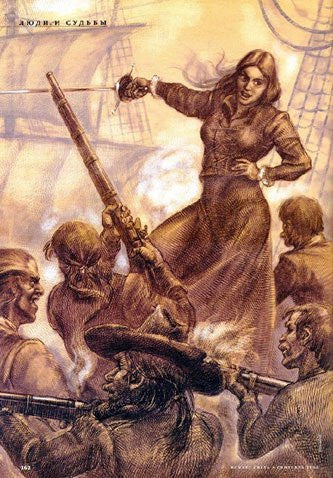
Learn about the remarkable Grace O'Malley (1530-1643), an Irish pirate who played a crucial role in defending her lands against hostile Irish forces and the British government. Her father, an officer, trained her to sail the seas, and she continued her seafaring ways after his death. Grace even gave birth to her first child while at sea. With the British occupying Ireland, she built essential coastal defenses for her homeland. In September 1595, Queen Elizabeth and Grace met at Greenwich Castle. They collaborated to create a Latin treaty. Discover more about this fascinating historical figure.
Anne Bonny
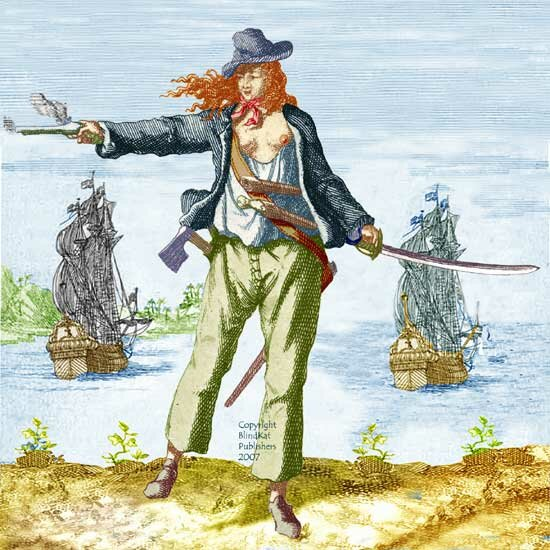
Born in March 1697, Anne Bonny was the illegitimate daughter of renowned attorney William Cormac and his servant Mary Brennan, hailing from Ireland. Anne moved with her father to London at age five before eventually settling in the Carolina Province. As an adult, she married a poor sailor by the name of Jack Bonn, and the two traveled together to Nassau, a Caribbean haven for pirates. There, Anne met Calico Jack Rackham, whom she married and joined a crew of men disguised as a man. Anne, Rackham, and their lover were arrested in 1720 despite their alleged crimes.
Democracy among Caribbean pirates
Contrary to the Western society of the time, Caribbean pirates of Europe-related descent worked as small democracy. Pirate communities were among the early adopters of introducing checks and balance systems similar to today's democratic structures and institutions. It was alleged that this government sailed on a Pirate Sloop in the seventeenth century.
Who is the most famous female pirate?
Meet Anne Bonny, a formidable pirate who is widely regarded as the most skilled female pirate of the Golden Age. It is said that she fought with greater skill than any male crew member onboard a ship.
Who was the most brutal female pirate?
A woman named Jaccite found herself in a dire situation and ended up joining a group of pirates. She eventually became the leader of their ship before it was wrecked. She was known for her striking red hair and her ability to survive numerous dangerous situations, making her a legendary figure in the eyes of many.
Who was the first female pirate in history?
Many consider Rachell Hall to be America's first female pirate. She was born in Philadelphia, Pennsylvania in 1760. At the age of 16, she married George Wall and the couple eventually settled in Boston, where they worked as maids and fishermen.
Other Frequently Asked Questions
Which is the greatest invention in the history and culture of humanity?
The obvious answer lies in history. But when asked today, the answers vary widely. Many people believe it was electricity, fire, or both.
But that doesn't mean it matters because the real answer for everyone is the ability to communicate.
Human progress is only possible through communication. Communication allows us learn, grow, and to evolve. We create art, share our lives and heal.
The power of communication is what makes us who we are.
It doesn't matter how many years pass, regardless of whether we are referring to the inventions or inventions of the Internet, or even the inventions of writing themselves, the answer will remain the same.
The invention allows for communication. The invention is a means of sharing knowledge, ideas, thoughts, emotions, experiences, memories, dreams, hopes, fears, and desires...
There is nothing more important than communication.
It is because of this that we need to invent.
Which inventions had a negative effect?
This list contains examples of inventions that have caused harm to society.
Gunpowder was invented during wars and eventually led to mass killings. It is estimated that 10,000,000 people died as a result of this invention.
Our lives have been transformed by inventions such as electricity and the steam engine. They have made our lives much easier. But they can also create problems like pollution, noise, traffic jams and accidents.
The invention of guns brought death to millions of innocent people. People started killing each other because they could use these weapons easily. This problem exists today.
Radioactive radiation spread to the environment after the invention of nuclear power stations. Many scientists believe we live in the worst period of human history.
There were several attempts to invent something that would completely change our lives forever. Some of the attempts were successful, others failed miserably.
What were the greatest inventions in early human history?
Consider the greatest invention of human history. Now, imagine an inventor creating a device that allows us to do exactly the same thing for even greater numbers of people.
What would that look like? How could we make it better? Is it possible to change the entire world? How would you go about it if you had the opportunity to create such a device?
These questions will help you identify the place where innovation is possible.
Innovation is the ability or capability to solve problems in innovative and useful ways. Innovation is the key for solving any problem. Innovation means creating something entirely new.
Now, let's consider the difference between invention and innovation. Invention refers to the creation of something new. Innovation is the process of improving on an existing thing. For example, the wheel was already invented before the invention of the bicycle.
Inventions and innovations both require creativity and imagination. Both require different skills. Innovators can see what others can't. They can identify problems, think outside the box, and find solutions.
An investor can envision possibilities. Investors are able to take an idea from one idea and turn it into something else. They are able to explain and understand their ideas, so others can also follow them.
Innovation requires imagination. It requires being creative. And it requires a willingness to try something new.
Investors must be open to new ideas. To move beyond their comfort zone. And to challenge themselves to come up with unique solutions.
An inventor is a person who understands that not every solution is the best. Sometimes, finding the right question is the hardest part.
An inventor doesn't want to solve one problem. They want to improve upon something. They want it to be better.
When you are considering your next invention, there are two options.
- You can either make it or you can buy it.
- It is possible to improve on something already existing.
You can improve your life by identifying the problem first. You must then determine if someone else has solved your problem.
Sometimes the problem you're trying to solve may no longer be valid due to changes over time. This is called obsolescence.
Another reason innovation failures are common is because the market is saturated. There are too many products available for consumers to buy. The demand for a product therefore is low.
This is why niche markets are so important. These are areas with potential growth.
Be aware that your product might not be in demand yet. That is why you need to test your idea. It is possible to test it. It is worth testing to see if it is popular.
Finally, ask yourself if the idea is worth keeping. Is it truly innovative? Is it going to improve on something that works?
You need to get out your comfort zone to invent. You need to push yourself to think differently. It would be better if you were interested in learning more about the topic.
Experimentation is a must. And it would be best if you made mistakes along the way.
Failing is the only way you can discover what is possible. Failure will teach how to succeed.
What is humanity's greatest achievement?
You can make a significant impact on the world by doing something that is positive and changes lives. When you create something entirely new that wasn't there before.
Great accomplishment is not measured in how many people you helped or how much money you made. It's measured by the amount of impact you made on the world.
It is not the ones that we discover answers that are the greatest achievements. The answer is already known. The greatest achievements are those which change our perspective on life. That changed our perspective.
Sometimes, the most important achievements are small and slow because they occur quietly. They may not even seem important at the time. However, they will have a lasting impact on your life.
There are two types of greatness; the kind that lasts forever and the kind that fades away. A greatness that lasts is when people create something they love and treasure for generations.
Because people admire great accomplishments more when they don’t know the source, it’s often done anonymously.
But great achievements fade away quickly. They might be lying if they tell you. This is because you're used to considering greatness permanent.
It is easy to lose sight on the importance of greatness, as it fades so quickly. Therefore, great achievements are rare. And only a few people ever achieve them.
Which invention is the worst?
The best inventions help us live more comfortably. Some inventions can cause great harm.
One example is the internal combustion motor. This invention fueled the industrial revolution and made our lives more convenient. However, when we use fossil fuels for energy, we also release carbon dioxide, which contributes to global warming.
Another invention is laser. The laser can be used to destroy objects up to a mile away. It can also cause blindness or burns that can lead to death.
Another example is also the atomic bomb. A city could be destroyed by an explosion from this weapon.
Because inventions make our lives easier, they are fantastic. However, there are times when they can harm us too. These dangerous inventions include nuclear weapons and lasers, as well as internal combustion engines and atomic bombs.
What are the Top 5 innovations in human history?
The discovery of fire was the greatest innovation in human history. Fire revolutionized our relationship with nature. It allowed us the ability to heat and cook in frigid weather. It also enabled us to control light, heat and electricity.
Fire gave rise to tools, weapons, even cities.
Fire allowed us humans to become more intelligent. We were able to communicate more effectively, learn faster, and travel further.
Soon after, inventions such writing, printing and gunpowder came along. This made information easier to share.
These technological advancements brought social changes. For safety, comfort, and protection, people began to live together.
Human beings started to gather into larger groups and eventually became nations. This was the beginning of governments, laws, religions, and other institutions.
Finally, medicine and sanitation became widespread. The rise of the middle classes was a result of these advancements.
These inventions created an environment where humankind could thrive. The cave was finally cleared out by humanity.
Technology is changing the world today. We continue to develop new technologies that make life easier, safer, and more convenient.
We've made so many strides but still face many obstacles. One of those challenges is climate change.
Burning fossil fuels causes climate change. Carbon dioxide is released into the atmosphere by burning coal, oil, or gas.
The earth's surface is heated by carbon dioxide, which traps heat and makes temperatures rise.
This causes glaciers and sea levels to melt. Coral reefs begin to die as the oceans become warmer.
This makes coastal areas uninhabitable.
Many millions have been forced to flee their homes. Many countries have declared war upon climate change.
However, we must continue to develop new technologies despite all the above. Why not? We will die if you do.
Statistics
- Retrieved April 26, 2015. Sequence differences from the human genome were confirmed to be ∼1% in areas that can be precisely aligned, representing ∼35 million single base-pair differences. (en.wikipedia.org)
- With the sequencing of both the human and chimpanzee genome, as of 2012, estimates of the similarity between their DNA sequences range between 95% and 99%. (en.wikipedia.org)
- Also proposed as Homo sapiens heidelbergensis or Homo sapiens paleohungaricus.[208]H. rhodesiensis, and the Gawis cranium[edit]H. rhodesiensis, estimated to be 300,000–125,000 years old. (en.wikipedia.org)
- Nonetheless, humans retain a degree of sexual dimorphism in the distribution of body hair, subcutaneous fat, and overall size, with males being around 15% larger than females. (en.wikipedia.org)
- This migration out of Africa is estimated to have begun about 70–50,000 years BP, and modern humans subsequently spread globally, replacing earlier hominins either through competition or hybridization. (en.wikipedia.org)
External Links
twitter.com
britannica.com
livescience.com
en.wikipedia.org
How To
11 Inventions That Have Changed History
The invention of the wheel changed the way we move. The invention and use of the printing presse changed how information was distributed. The inventions of the airplane and helicopter changed our relationship with space.
Some inventions, however, have had more profound impacts on the world. Here are eleven.
- The Microscope - This device allowed scientists to study life under a microscope for the first time.
- The Telescope - This instrument revolutionized the field of astronomy. Telescopes allowed us to see objects thousands of light years away.
- Camera Obscura: This invention allowed us to capture images of the sky.
- The Steam Engine – With the steam engine we can harness energy that would otherwise be wasted.
- The Printing Press -- This invention made books available to everyone. Before the printing press, most people couldn't read.
- The Compass – The compass makes it easy to travel. It is no longer enough for sailors to rely on luck when they reach their destination.
- The Lighthouse - Lighthouses and beacons such as lighthouses are used to help ship safely enter port.
- The Surgical Knife -- These knives can be used by surgeons for operations that don't involve cutting vital organs.
- The Firearm – Firearms enable citizens to defend their homes.
- The Watch - Clocks make our lives more convenient. We no longer have to worry about keeping time with different activities.
- Calculator - Computers can calculate at lightning speed. They are used for scientists, engineers and accountants.






